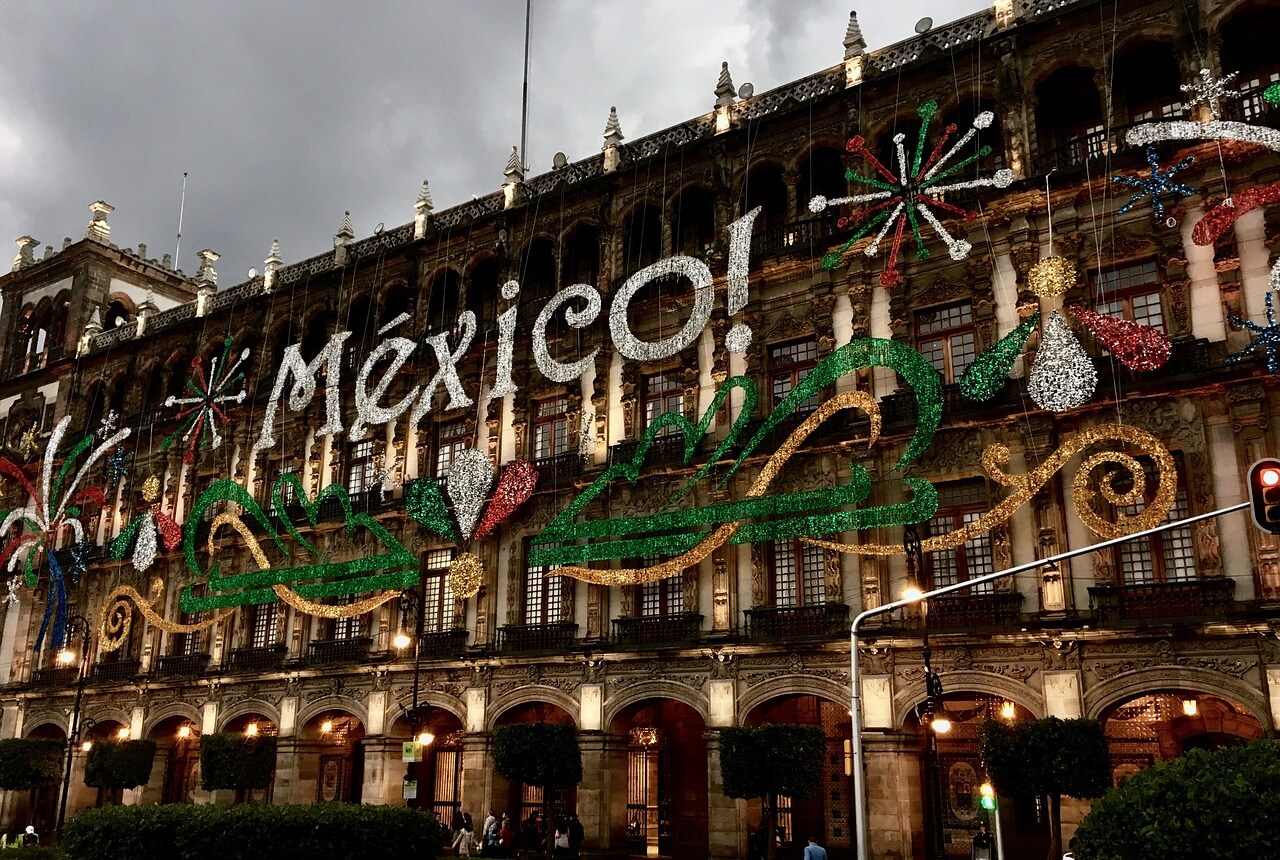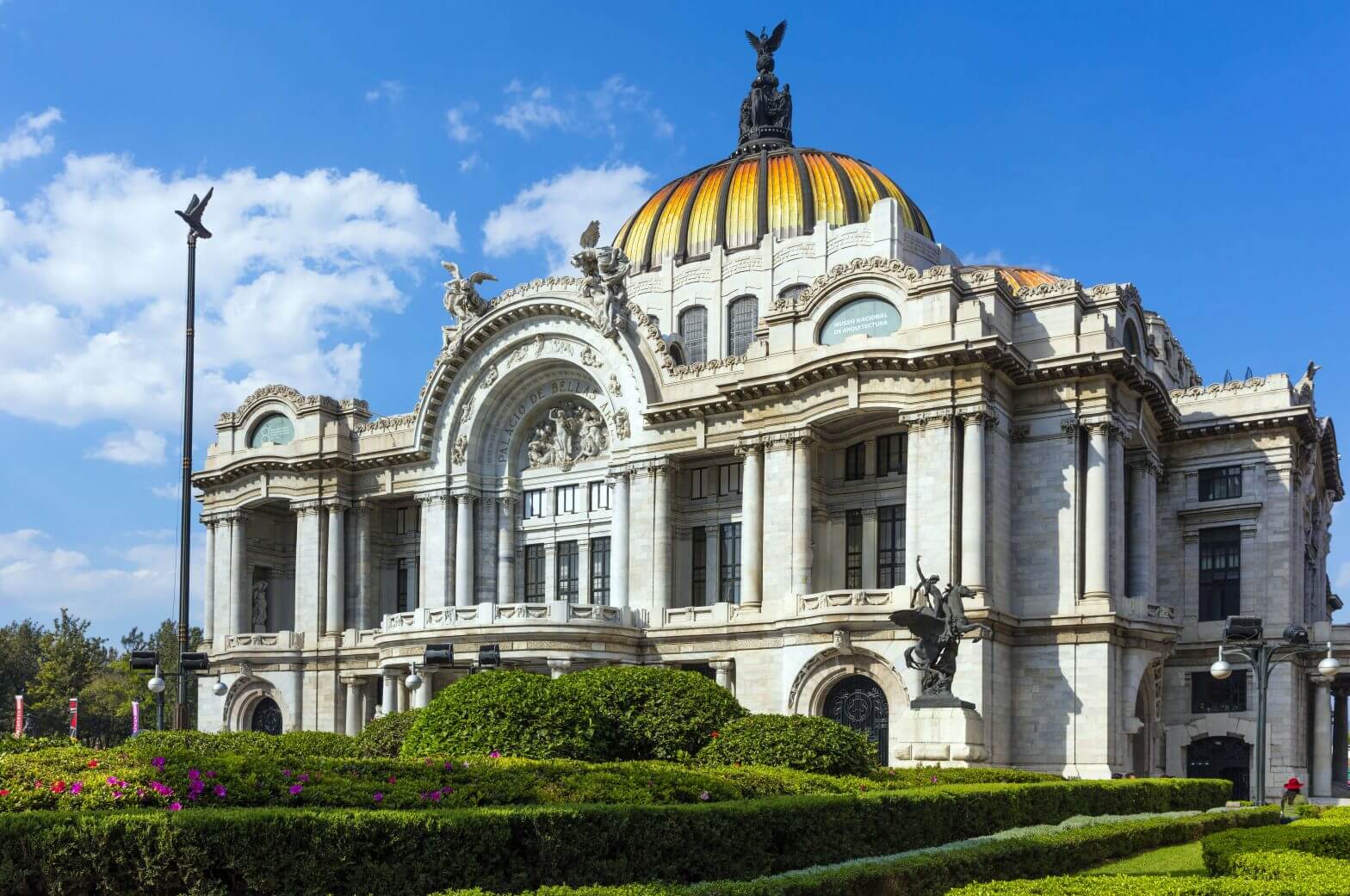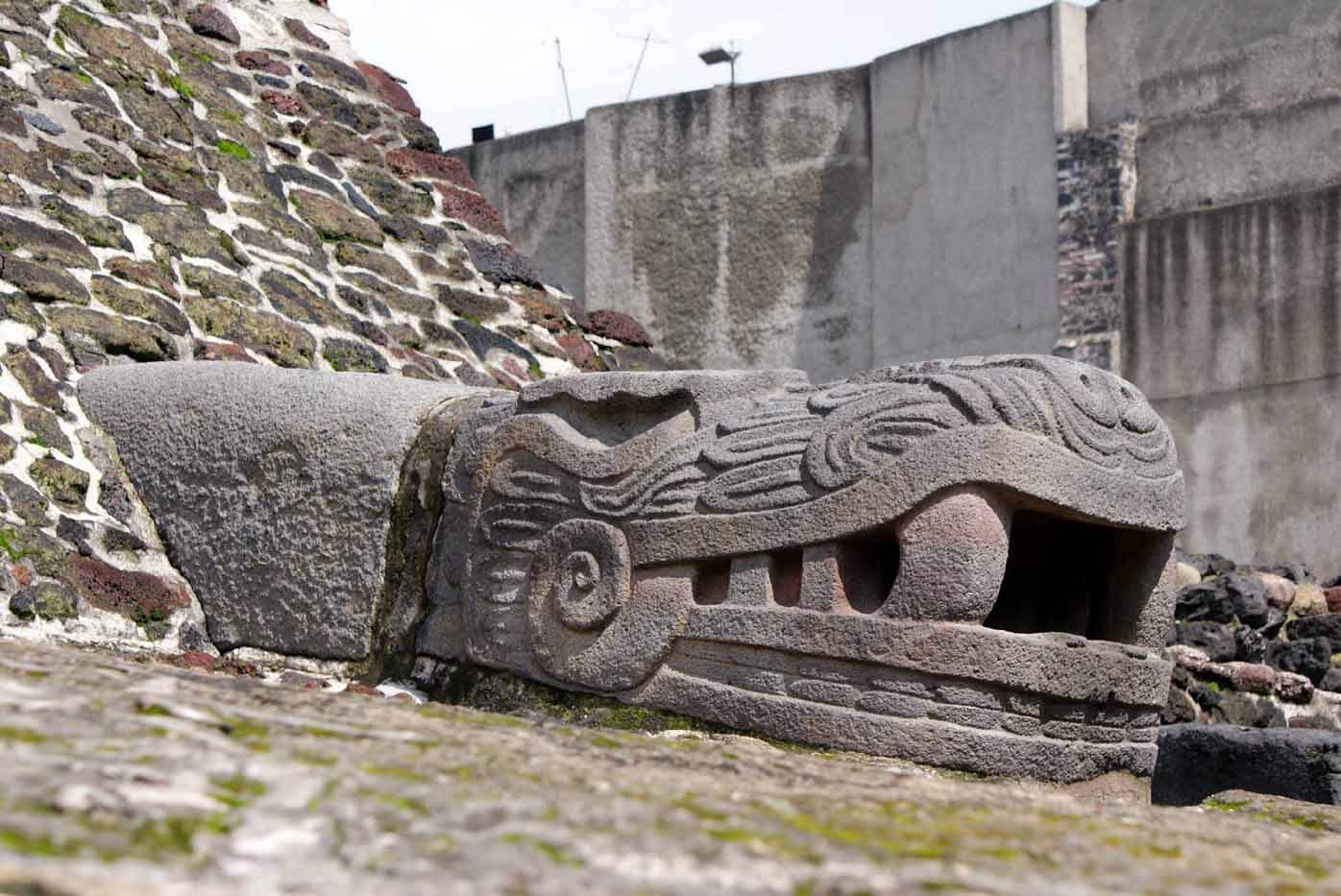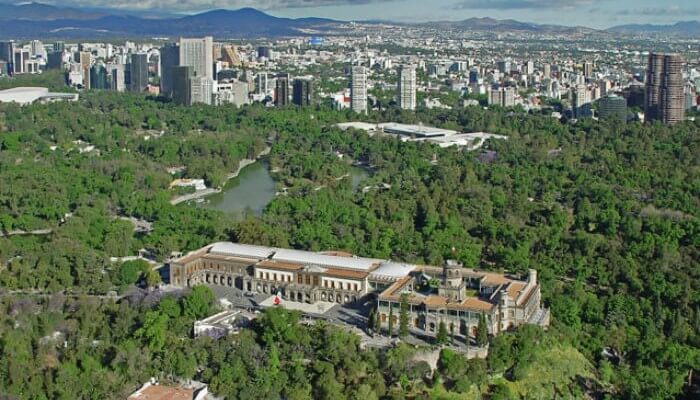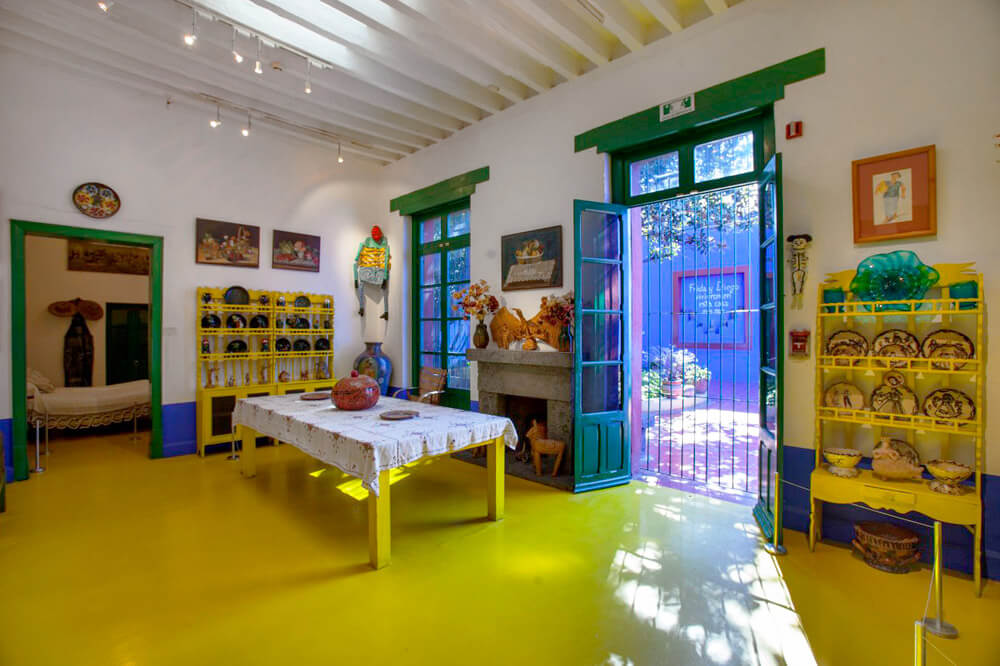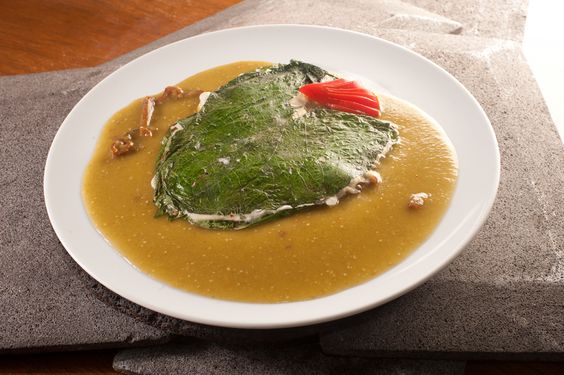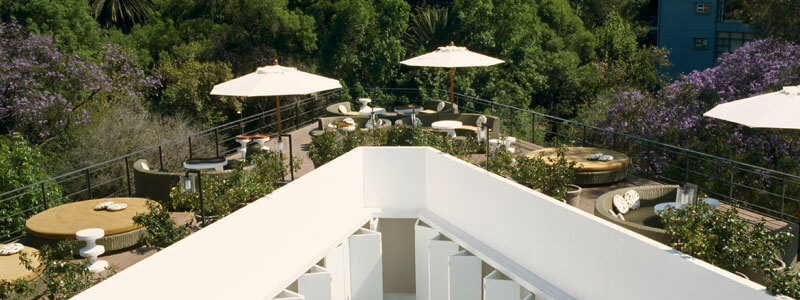It’s impossible to run out of fascinating things to discover in Mexico City, but sometimes we all need a break from life in one of the world’s largest urban areas. Luckily, Mexico City makes for the perfect natural base for exploring the rest of central Mexico. Here are seven of the best destinations within a stone’s throw of the capital; all of which can be done as day trips.
Puebla
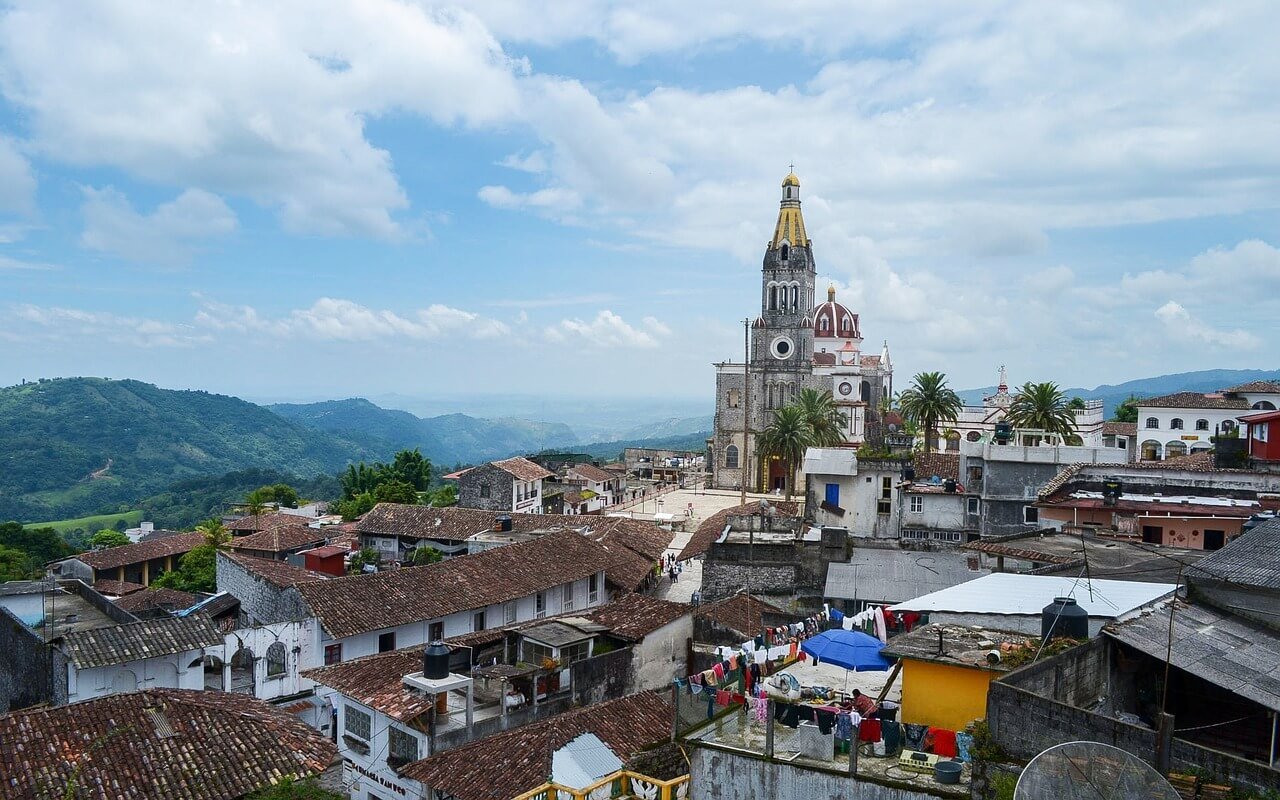
Puebla
A little over two hours from Mexico City, Puebla is home to some of the country’s most iconic foods. The exquisite, complex Chile en Nogada and the spicy/chocolatey mole poblano both hail from here, though most visitors from Mexico City tend to beeline for the tacos al pastor and cemitas. The former is a cross between a taco and a Turkish shawarma that’s somewhat unique to Puebla, while the latter, the cemita, is a Poblano-style torta bigger than your head. For dessert, head over to the Calle de los Dulces, a street in central Puebla where you can try some traditional Poblano sweets. Be warned though: we’re basically talking pure sugar here, but the cavities are worth it.
Once you’ve recovered from your food coma, make sure to visit Puebla’s historic center. A UNESCO World Heritage site, the colonial center is a grid of cobbled streets, colonial-era buildings and the imposing Puebla Cathedral. The cathedral took three centuries to construct, and its interior is unarguably more impressive than its counterpart in Mexico City. History buffs should also be sure to visit Los Fuertes, the fortified hill just to the north of Puebla’s city center. This hill was the site of the famed Battle of Puebla, when on May 5, 1862 a ragtag band of Mexican defenders fought off a French expeditionary force. If you can time your visit for the 5 de Mayo celebrations, you’ll be in for a treat of military parades around the fort.
Cholula
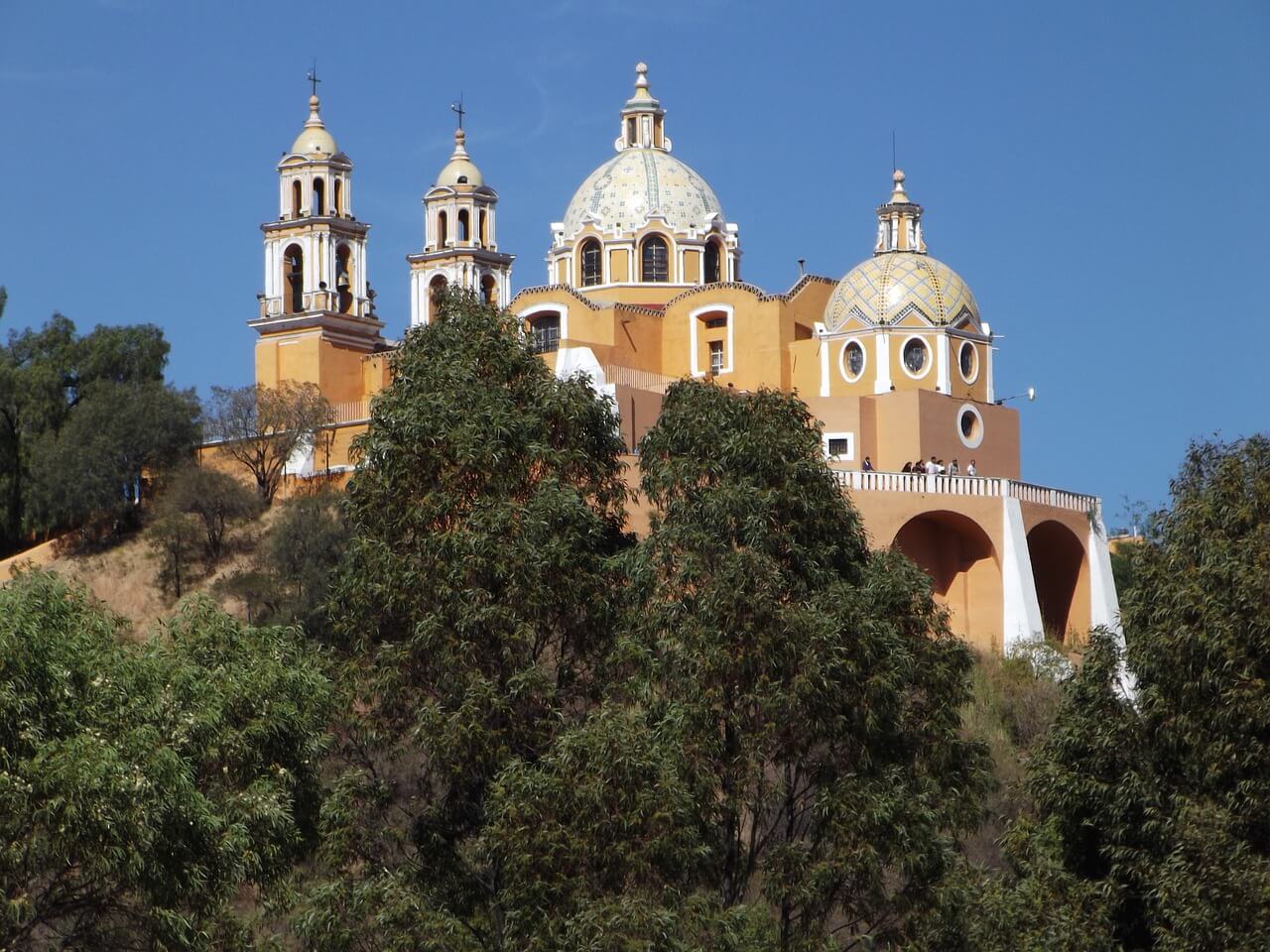
Cholula
Once a small country village, every year Cholula seems to creep closer and closer to getting lost in Puebla’s suburban sprawl. Indeed, visitors from Mexico City will have to travel through Puebla to reach Cholula, meaning both destinations can easily be done in a weekend. Along with being a good place to kick back with a michelada or two on a Sunday afternoon, Cholula is also home to the world’s largest pyramid. In terms of pure mass, the Great Pyramid of Cholula is confirmed to be almost twice the size of the Great Pyramid of Giza – though there’s some speculation it may be even larger than that. The reason you’ve never heard of the Cholula pyramid is because it’s only partly excavated. Even today, the exterior of the pyramid simply looks like a hill with an entire church built on top.
Visitors can explore the innards of the pyramid by taking a 10 minute walk though some of its excavated tunnels, before making the climb up to the church. Be aware that the tunnels are not for the claustrophobic, but are unmissable for any Indiana Jones fans.
Tlaxcala
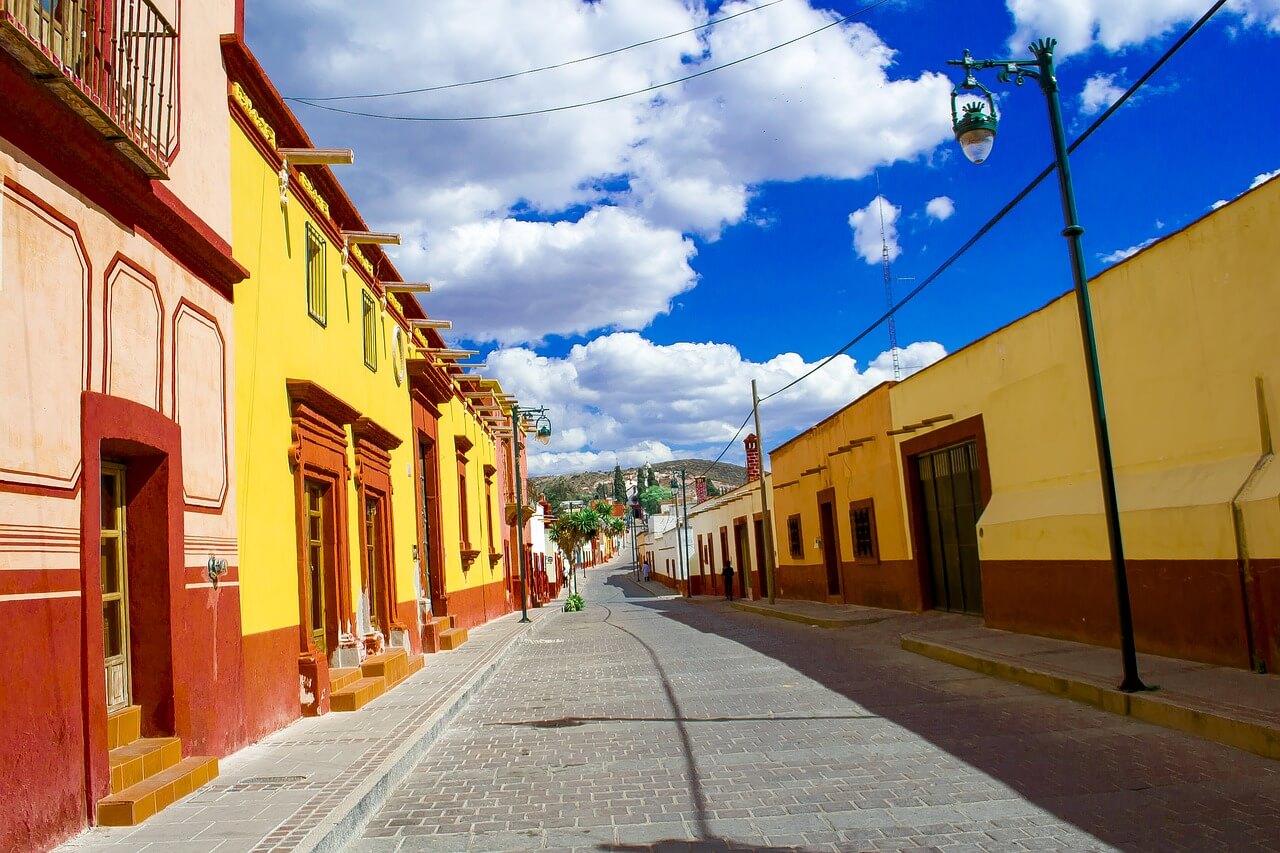
Tlaxcala
Given the state rivalry between Puebla and Tlaxcala, deciding which has the better capital is heavy business. Sure, Puebla has an impressive cathedral, but Tlaxcala is smaller, cuter and just generally more laid back. There isn’t as much to do as in Puebla, though day trippers shouldn’t miss the curiously decorated Capilla Real de Indias, or the hike up to the Franciscan monastery on the edge of the colonial center.
Tepoztlán
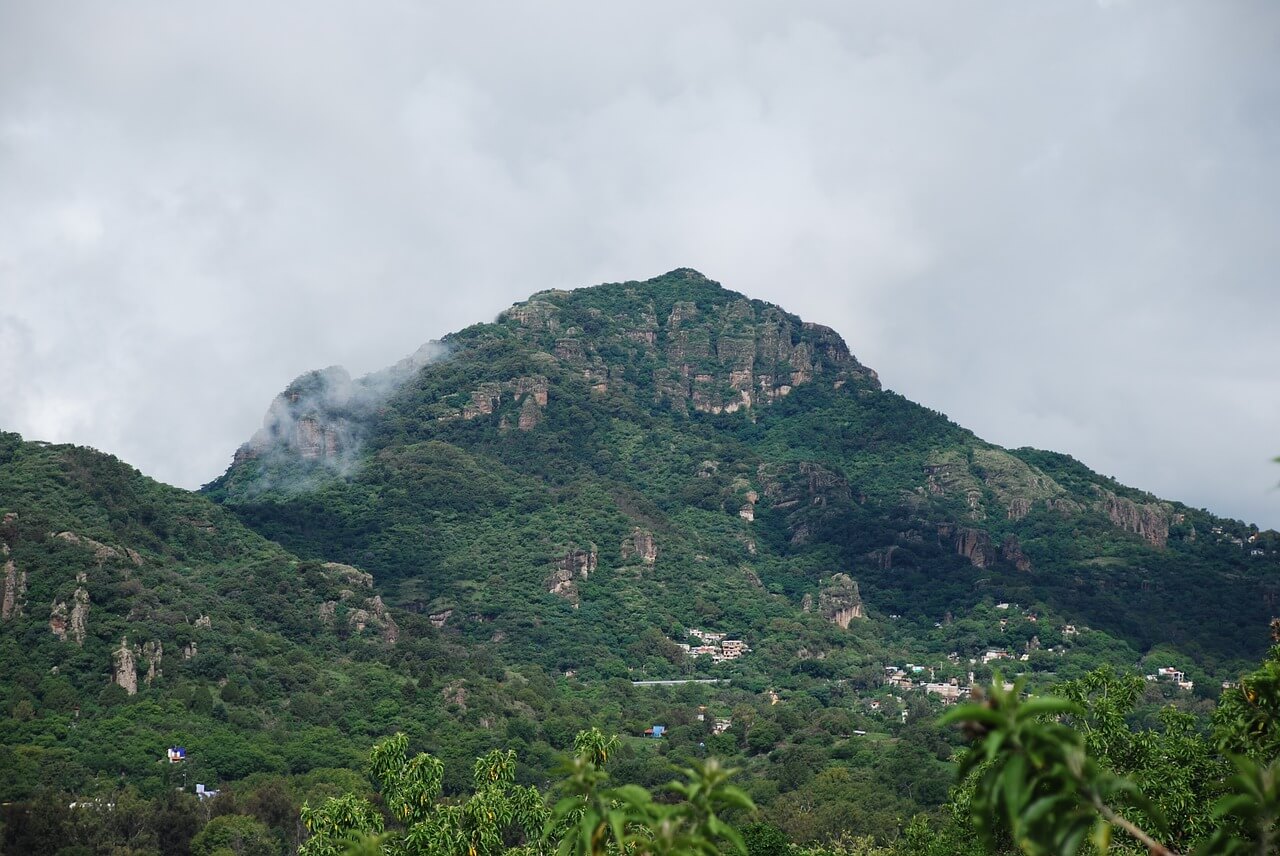
Tepoztlán
If you’re craving some greenery after too long in the concrete jungle, then do as the capitalinos do and escape to Tepoztlán. Located to the south of Mexico City, Tepoztlán is very much a weekend hippie hideaway huddled in highlands of Morelos state. There’s a few must-do activities around town, such as the half day hike up Tepozteco Mountain to the pyramid at the peak, and the mandatory meander through the Sunday morning artisan market. For some serious relaxation, try temazcal, the Aztec version of a steam bath.
Valle de Bravo
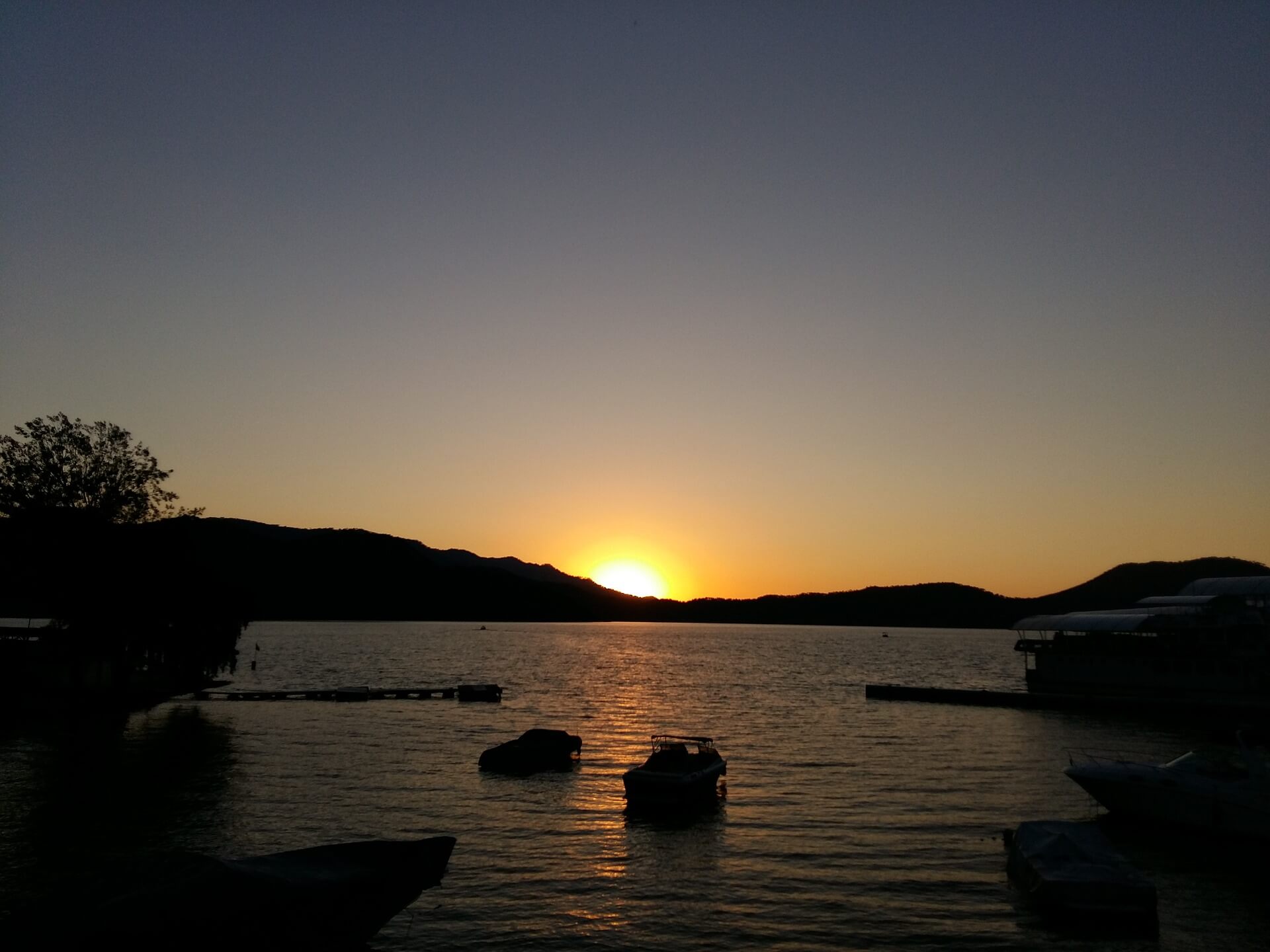
Valle de Bravo
Home of some of Mexico’s most well-heeled citizens, Valle de Bravo has a reputation as a retreat for the capital’s upper crust. When the smog drifts over Mexico City, the rich and powerful sneak out to this quiet village on the shores of Lake Avándaro. Aside from counting Ferraris in the street, the best way to pass the time in Valle de Bravo is on the water. The village is well-equipped for water sports ranging from paddle-boarding to waterskiing. For the less adventurous, there’s also a regular cruise that takes visitors for a booze-laden tour of the lake. Meanwhile, landlubbers should take advantage of some of the excellent hiking opportunities in the woodlands outside town.
If you can, try to visit Valle de Bravo during the winter months from November to March. During these months, the nearby Piedra Herrada sanctuary becomes inundated with millions of migrating monarch butterflies.
Paso de Cortés
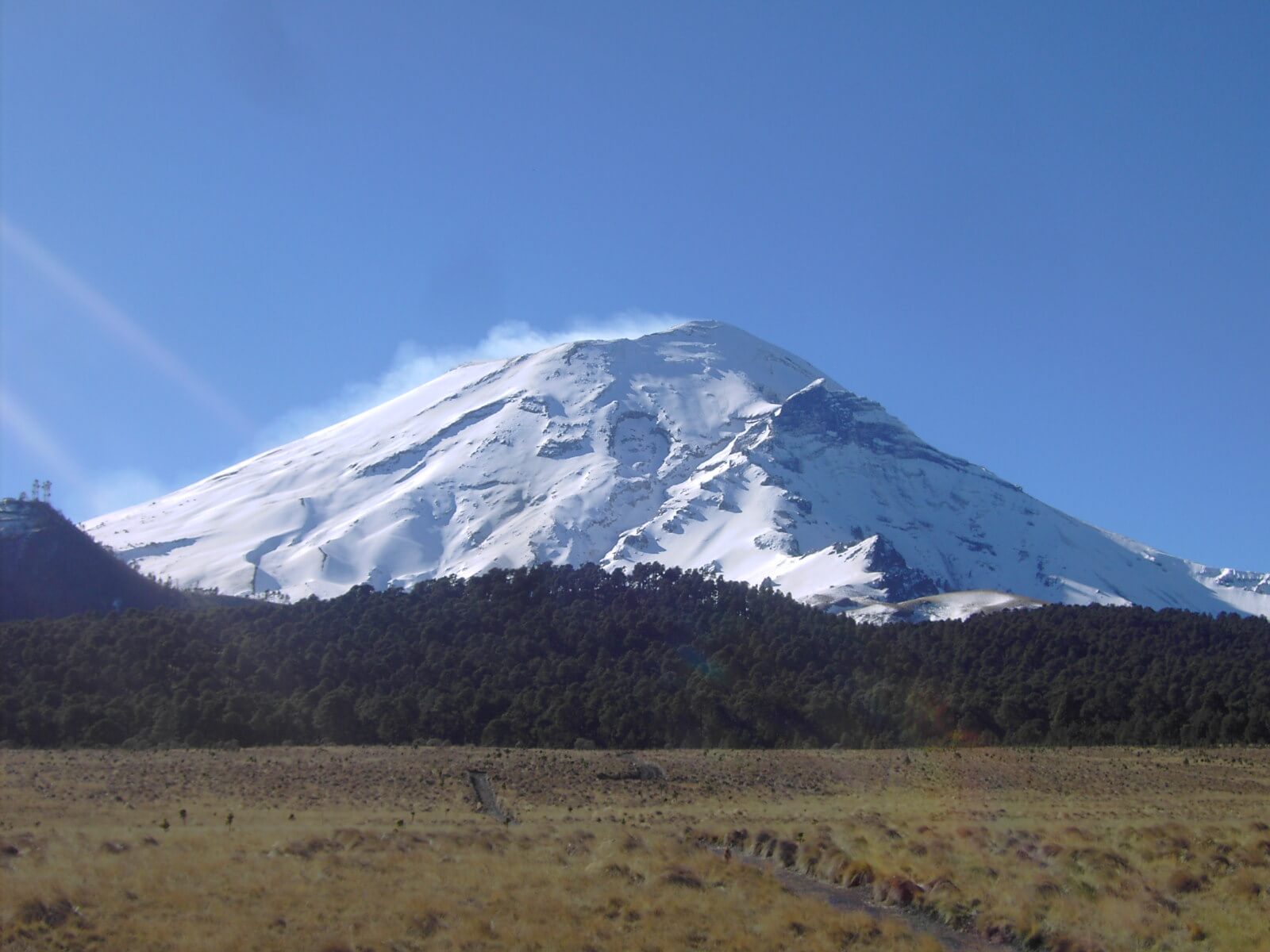
Paso de Cortés
As legend has it, in 1519 Hernán Cortés and his exhausted horde of conquistadores stopped at a mountain pass to collect sulfur from the nearby Volcan Popocatépetl. The sulfur was supposedly for making gunpowder ahead of their final showdown with the Aztec Empire. At this same mountain pass, the conquistadores caught their first glimpse of just how immense the Aztec civilization really was. Below the pass, the Valley of Mexico was the densely populated heart of the Aztec world, and hummed with the sounds of industry and agriculture. The conquistadores were apparently overwhelmed by the sight – which makes you wonder how they’d react to the view nowadays.
That spot, known called Paso de Cortés, now offers some of the best views of one of the world’s largest megacities. A hike through this mountain pass offers jaw-dropping views of Mexico City to the north, the icy peaks of Iztaccíhuatl to the east and the fiery Popocatépetl to the west. Day trippers can hike all the way to the base of Iztaccíhuatl, though you’ll need to bring a tent, crampons and a good amount of mountaineering experience to hit the peak.
Nevado de Toluca
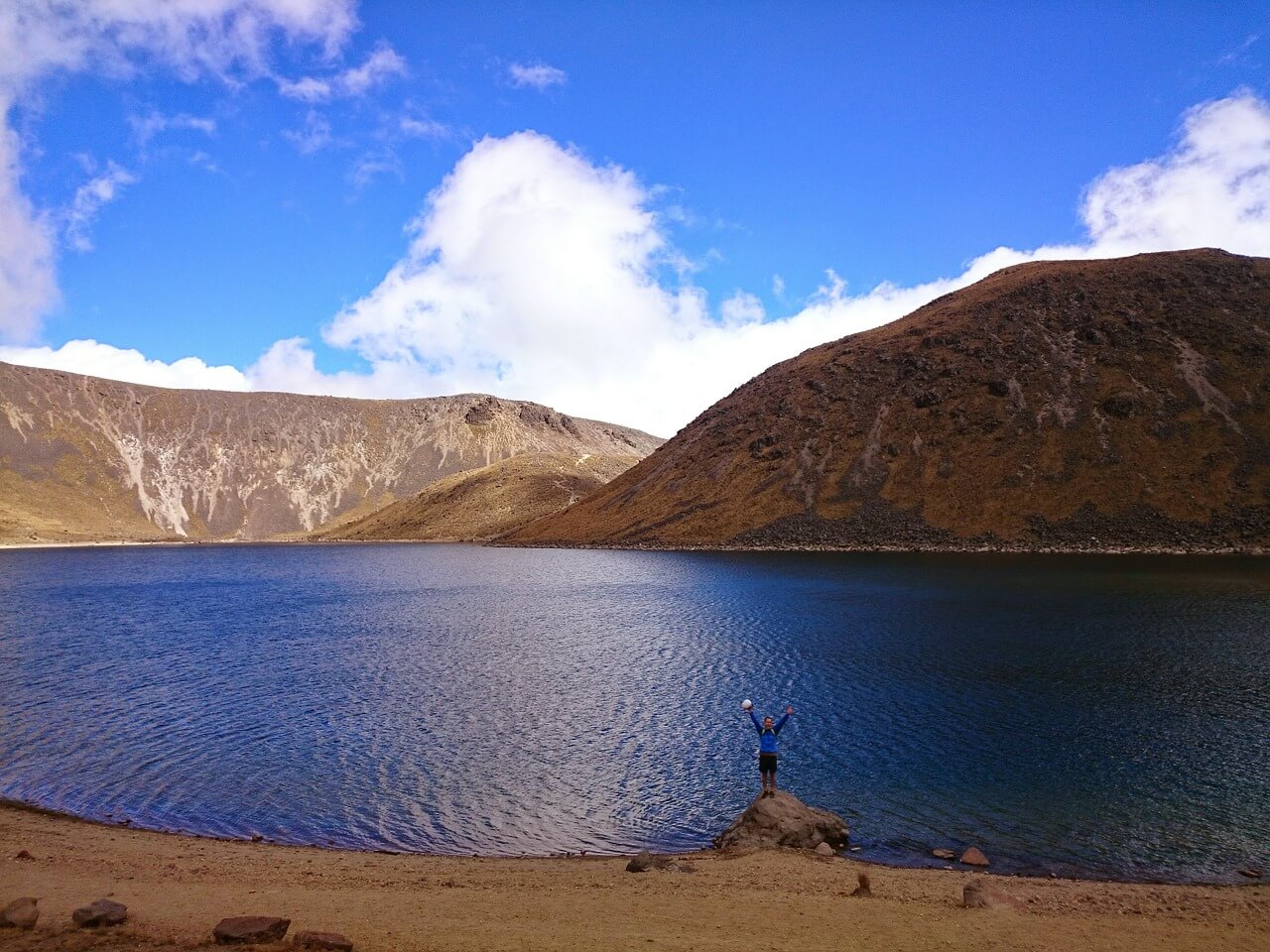
Nevado de Toluca
For more mountains, take the two hour trip out to Nevado De Toluca. This extinct volcano boasts two brilliantly colored crater lakes, and days of hiking opportunities. Be sure to arrive as early as possible though, as this is an extremely popular destination for day trippers from Mexico City.
